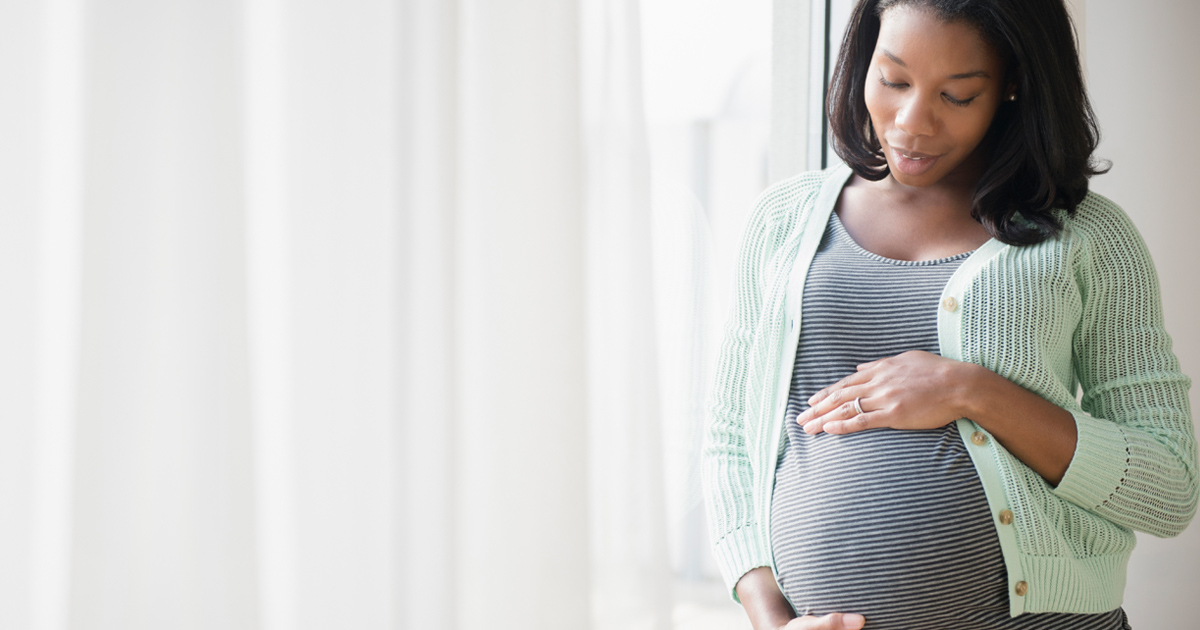Safe pregnancy

Many women seem to sail through pregnancy, but the health of both mother and unborn child still need to be checked regularly to ensure the pregnancy is progressing normally. Health professionals who offer prenatal care are midwives (nurses trained to assess pregnancy and deliver babies), obstetricians (specialists who deliver babies) and general practitioners. Here are a few things to look out for:
BLEEDING OR SPOTTING
Bleeding can occur at any stage of pregnancy. In the first trimester (three months) it could be a sign of an ectopic pregnancy (when the foetus develops outside the uterus) or miscarriage. In the last three months it could be placenta abruption, where the placenta separates from the uterus. While some spotting is normal during pregnancy, any bleeding should be reported to a doctor.
GESTATIONAL DIABETES
This is diabetes that develops during pregnancy (and usually disappears after the baby’s birth). The body doesn’t produce or process insulin efficiently, causing high blood sugar levels. Symptoms might include unusual thirst and frequent urination. Risk factors include high blood pressure, being overweight, hormone disorders and a family history of type 2 diabetes. If you are at risk consult your healthcare worker about diet and other measures you can take to reduce your risk. This condition needs to be carefully managed (sometimes with medication) as it can lead to pre-eclampsia (below) or a bigger baby needing a Caesarean section.
PRE-ECLAMPSIA
This is a serious complication that typically occurs after 20 weeks of pregnancy. Symptoms include a bad headache, pain in the abdomen, sight disturbances (flashing lights, spots or blurred vision) and swelling of hands, face and feet. Seek medical help immediately if you have these symptoms. High blood pressure and protein in the urine confirm the diagnosis. It is not known what causes pre-eclampsia but you are more at risk if it’s your first pregnancy or you have suffered from pre-eclampsia in a previous pregnancy. Being under the age of 20 or over 35 and carrying two or more foetuses also increase your risk.
Other high-risk factors are existing conditions such as high blood pressure, diabetes, kidney disease, obesity and systemic lupus erythematosus (an auto-immune disease in which the immune system attacks the body). The only cure for pre-eclampsia is delivery. If the pregnancy is close to term (from 37 weeks), doctors might induce labour. If it is too early for the baby to be delivered, doctors will keep a close check on both mother and baby. Bed rest, either at home or in hospital, may be necessary, as well as medication to prevent seizures.
INFECTIONS
Vaccination has reduced the number of dangerous infections during pregnancy (like rubella or German measles), but there are other infections that can affect mother and foetus, and can be transmitted to the baby during delivery. Flu, urinary tract infection, hepatitis B, sexually transmitted infections (STIs) and yeast infection (thrush) can all cause complications. Discuss any known infections with your doctor or nurse to protect the baby from birth defects (such as blind-ness, deafness or deformities) and newborn illnesses. Early treatment of infections can also prevent dangerous complications such as ectopic pregnancy (where the foetus starts growing outside the uterus), and miscarriage (before 20 weeks) or stillbirth (after 20 weeks).
PLACENTA PRAEVIA
The placenta is the pancake-shaped tissue that supplies the foetus with oxygen and nutrients from the mother’s uterus through the umbilical cord. It also removes waste. In placenta praevia, the placenta lies too low and covers part or all of the cervix (the opening of the uterus). This results in not enough blood reaching the foetus and usually painless bleeding. Bed rest and restricting certain activities is necessary. If the condition doesn’t resolve itself, hospitalisation could be needed to control the bleeding, and a Caesarean section might be necessary if the placenta has blocked the birth canal.
Related articles

Latest Jet club magazine
We’ve got the latest trends, exciting prizes and exclusive savings just for you!
Jet Club will not pass your details to anyone else. By clicking the subscribe button you confirm you have read and agree to the Jet Club Terms and conditions and Jet Club Privacy Statement.
Subscribe

